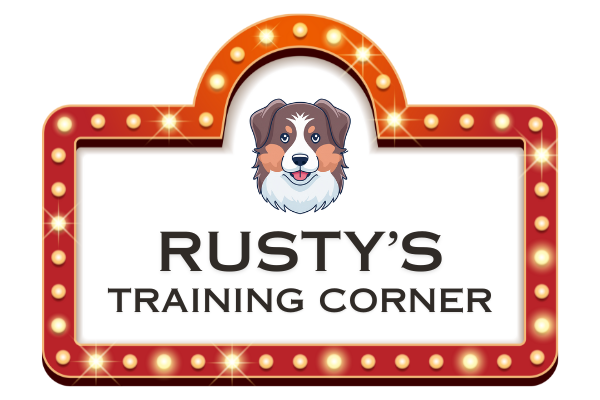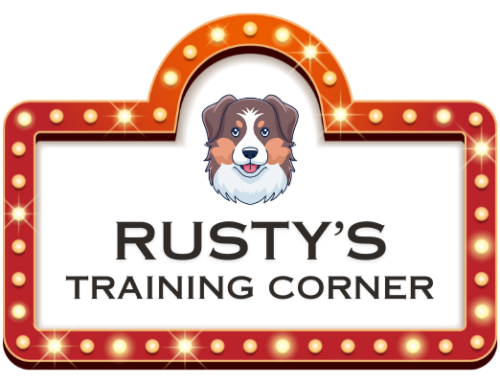As with most things in life, there are right and wrong ways to get things done. Rubbing a puppy’s nose in a mess is not the right way to housetrain. Using ample amounts of supervision and positive reinforcement is. Use the following puppy house training tips to get started on the road to proper puppy potty training.
Getting On the Right Track
The first course of action in housetraining is to promote the desired behavior. You need to:
- Designate a potty area outdoors.
- Guide your dog there to do his business.
- Heartily praise him when he goes.
By giving him a treat and praising him right after your dog finishes, you can encourage him to potty in the desired area. It is not recommended that you clean up immediately each time, as the odor left from previous visits to that area will quickly mark it as the place for the pup to do his business.
Timing Is Important!
A six- to eight-week-old puppy should be taken outdoors every one to three hours. Older puppies can generally wait longer between outings. Most puppies should be taken out:
- First thing after waking in the morning
- Immediately after naps
- After meals
- After (or sometimes in the middle of) playing or training
- Immediately after being left alone
- Immediately before being put to bed
Pottying on Command
To avoid spending a lot of time waiting for your puppy to go, you may want to teach him to potty on command. Take him out on leash. Each time he is in the act of eliminating, simply repeat a unique command, such as “hurry up” or “potty,” in an upbeat tone of voice. After a few weeks of training, you’ll notice that when you say the command your puppy will begin pre-potty sniffing, circling and then potty shortly after you give the command. Be sure to praise and treat him for his accomplishments. Take treats with you and treat as soon as he has finished going potty, NOT WHEN YOU GET BACK IN THE HOUSE! This is a common mistake, and actually rewards the dog for coming into the house, not for going potty.
Feeding Schedules
Most puppies will potty within an hour after eating. Once you set your puppy’s feeding schedule, you will have some control over when he needs to go.
- Schedule your puppy’s dinner times so that you will be available to take him out after eating.
- Avoid giving your puppy a large meal just prior to confining him or he may have to go when you’re not around to take him out. Schedule feeding two to three times daily on a consistent schedule.
- Have food available for only 30 to 40 minutes, then remove it.
- The last feeding of the day should be done several hours before he’s confined for the night. By controlling the feeding schedule, exercise sessions, confinement periods and trips outdoors to the potty area, your puppy will quickly develop a reliable schedule for potting.
Crate Training
This is one of the best puppy house training tips we have to offer. Training a puppy to be comfortable in a crate is a good way to keep him safe and confined during housetraining. Most puppies will quickly accept crate confinement when you make the introduction fun. Since it’s important to associate favorable things with the area where your puppy is confined, it is a good idea to play with him there, or simply spend some time reading or watching television nearby as he relaxes with a favorite chew toy. If he is only in the area when you leave, it becomes a social isolation area that he eventually may resist entering.
A good time to start crate training is at dinnertime. Feed your puppy his dinner, one piece at a time, by tossing pieces of kibble into the crate for him to chase and eat. This way, you can make a game out of training.
When you pick up his toys, store them in the crate so he will enter on his own to play. You may even want to occasionally hide a biscuit in the crate as a nice surprise.
You should not use the crate for periods that exceed the length of time the pet can actually control the urge to urinate or defecate. If you are gone for long periods each day, you will need to provide a larger confinement area. You may want to consider using an exercise pen or small room.
Provide an area large enough so that if your puppy has to potty when you are gone, he can do it in a space that is separate from his sleeping area. A 15- to 30-square foot area is adequate for most puppies. If he chooses a specific place to eliminate, cover it with potty pads to make cleanup easier.
Expect Some Mistakes
Left on his own, the untrained puppy is very likely to make a mistake. Close supervision is a very important part of training. Do not consider your puppy housetrained until he has gone at least four consecutive weeks without pottying in the house. For older dogs, this period should be even longer. Until then:
- Your puppy should constantly be in your sight.
- Baby gates can be helpful to control movement throughout the house and to aid supervision.
- Keep them in the crate when unsupervised.
When you’re away from home, sleeping or if you’re just too busy to closely monitor your pet’s activities, confine him to a small, safe area in the home.
Nervous Wetting
If your puppy squats and urinates when he greets you, he may have a problem called submissive urination. Dogs and puppies that urinate during greetings are very sensitive and should never be scolded when they do this, since punishment inevitably makes the problem worse.
Most young puppies will grow out of this behavior if you are calm, quiet and avoid reaching toward the head during greetings. Another helpful approach is to calmly ask your dog to sit for a very tasty treat each time someone greets him.
Direct Him Away from Problem Areas
Urine and fecal odor should be thoroughly removed to keep your dog from returning to areas of the home where he made a mess.
- Be sure to use a good commercial product made specifically to clean up doggy odors. Follow the manufacturer’s recommendations for usage.
- If a carpeted area has been soaked with urine, be sure to saturate it with the cleaning product and not merely spray the surface.
- Rooms in the home where your dog has had frequent mistakes should be closed off for several months.
- He should only be allowed to enter when accompanied by a family member.
Don’t Make Things Worse
It is a rare dog or puppy that can be housetrained without making an occasional mess, so you need to be ready to handle the inevitable problems.
- Do not rely on harsh punishment to correct mistakes. This approach usually does not work, and may actually delay training.
- An appropriate correction consists of simply providing a moderate, startling distraction. You should only do this when you see your dog in the act of pottying in the wrong place.
- A sharp noise, such as a loud “No” or a quick stomp on the floor, is all that is usually needed to stop the behavior. Don’ be too loud or your pet may learn to avoid going in front of you, even outdoors.
Practice Patience
- Don’t continue to scold or correct your dog after he has stopped soiling. When he stops, quickly take him outdoors so that he will finish in the appropriate area and be praised.
- Never rub your dog’s nose in a mess. There is absolutely no way this will help training, and may actually make him afraid of you.
Success!
We hope you’ve found these puppy housetraining tips helpful. The basic principles of housetraining are pretty simple, but a fair amount of patience is required. The most challenging part is always keeping an eye on your active dog or puppy. If you maintain control, take your dog outdoors frequently and consistently praise the desired behavior, soon you should have a house-trained canine companion.
The advice and tips provided in this dog training blog post are based on general best practices and personal experiences. Please consult a professional dog trainer or veterinarian for specific issues or before starting any new training regimen with your dog.




